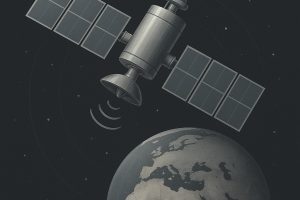
Offered through the Engineering for Professionals program in Applied Physics, Physics of Remote Sensing focuses on the physical principles underlying satellite observations of Earth by optical, infrared, and microwave sensors, as well as techniques for extracting geophysical information from remote sensor observations.
While the course was first offered more than 10 years ago, it is continuously and thoroughly redesigned to address industry needs and reflect the fast pace of advances in the field and the very latest technologies.
Topics covered in the course include spacecraft orbit considerations, fundamental concepts of radiometry, electromagnetic wave interactions with land and ocean surfaces and Earth’s atmosphere, radiative transfer and atmospheric effects, and overviews of some important satellite sensors and observations.
The course attracts many early-to-mid career scientists and engineers working in the field who seek a better understanding of the underlying principles of remote sensing and serves the academic needs of a wide variety of professionals—from government officials managing remote sensing efforts, lawyers and financial analysts exploring its financial applications to military officers interested in its operational use.